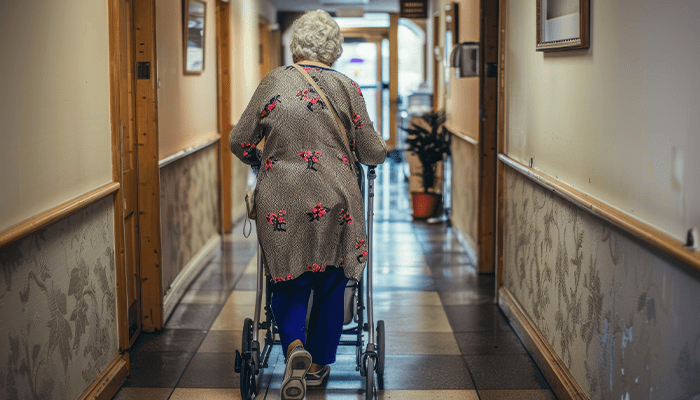
Preventing Pressure Injuries in Senior Living Communities: Key Takeaways for Caregivers
We know the health and well-being of residents under the care of a senior living organization is a top priority. Still, the development of pressure injuries, also known as pressure ulcers or bedsores, is a common issue. These injuries can be painful and debilitating and, if left untreated, can lead to serious complications. As a result, pressure injuries are one of the most commonly cited and litigated care-related injuries impacting the senior living industry.
Regulatory requirements must be understood and followed to mitigate the risk of pressure injuries. These requirements include completing standardized pressure injury risk assessments on admission, readmission, quarterly, and with a significant change in condition. The industry standard now leans towards completion of the assessment weekly for four weeks following admission or readmission to the facility.
Early intervention is critical to preventing pressure injuries. The suggestions outlined below can help:
- Moisture can increase the risk of pressure injuries. Keep patients clean and dry by regularly changing bedding and clothing and using absorbent pads or briefs if necessary.
- Sitting or lying down for prolonged periods can increase the risk of pressure injuries. Encourage patients to move around and change positions frequently, and help them with exercises or physical therapy as needed.
- Various devices are available that can help relieve pressure on vulnerable areas of the body, such as cushions, mattresses, and heel protectors.
- Regularly check patients for signs of pressure injuries, such as redness, swelling, or blisters, and report any changes immediately.
- Good nutrition and hydration are essential for maintaining healthy skin and preventing pressure injuries. Make sure patients are getting enough fluids and a balanced diet.
- When evaluating your organization's pressure injury prevention and management program, ask yourself if the standard of care was met, the nursing process was fully implemented, and whether the medical record reflects the care and services provided. And remember to document care.
The AssuredPartners Senior Living team is committed to helping senior living communities navigate these challenges and protect their organizations and residents from unnecessary risk. For more information, review our webinar recording or contact AssuredPartners Senior Living.
Featured News & Insights

Watch the Webinar Replay Caring for individuals with dementia requires empathy, communication, and a deep understanding of how the brain changes over time. Our guest presenter, Molly Hedgpeth from...

Compliance and risk management are critical components of running a senior living facility. Our recent webinar, "Survey Process and Management," provided in-depth insights into how facilities can...

As the healthcare industry continues to evolve, staying informed and prepared has never been more crucial. That’s why we are thrilled to announce our 2025 Webinar Series, a yearlong lineup of...